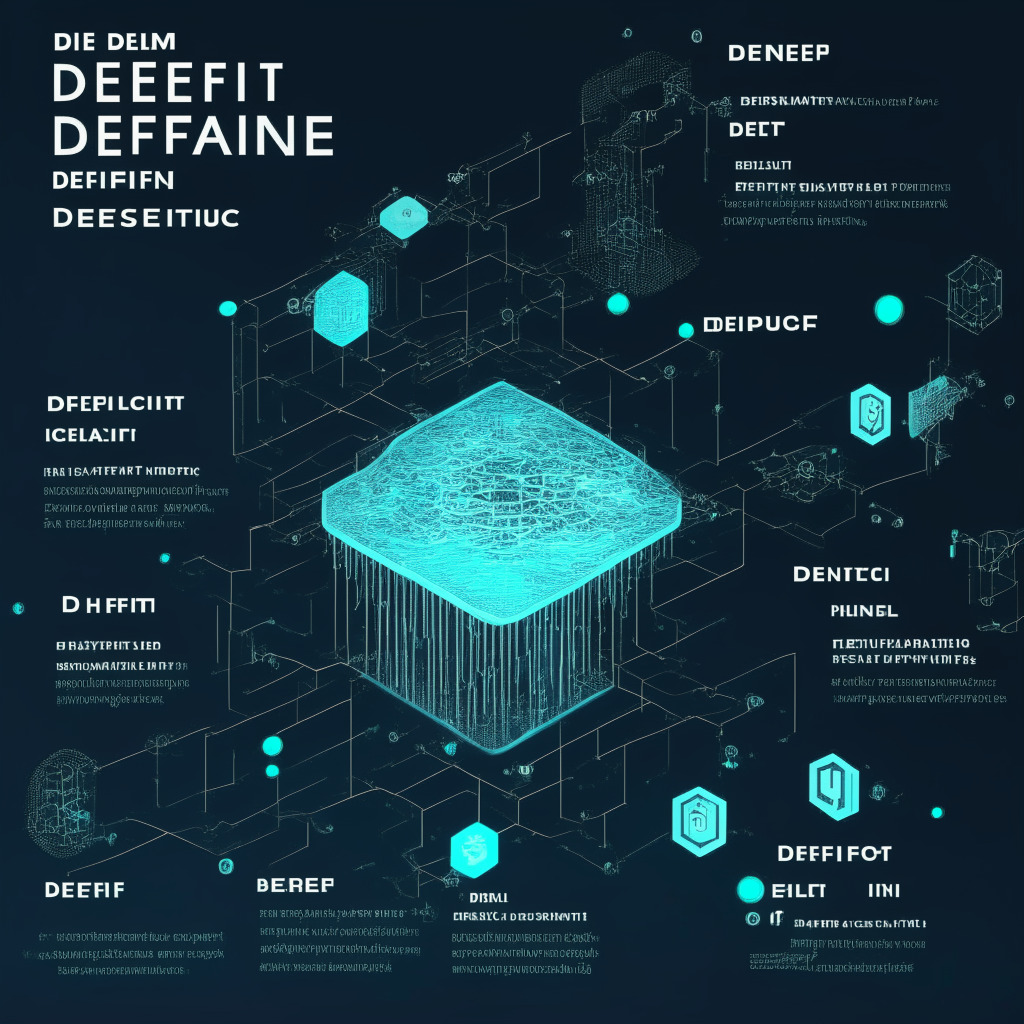The renowned financial institution VISA is delving further into the cryptoverse to enhance the swiftness of international payment transactions. The enterprise, based in San Francisco, has augmented its stablecoin settlement competence with Circle’s USDC stablecoin to the Solana blockchain, which is designed for high-speed proficiency. VISA claims to be one of the first mainstream financial establishments employing Solana’s network for settlements at scale.
This stride into crypto correlates with a nearly 2% rise in the SOL value. In contrast, bitcoin and the broad-market CoinDesk Market Index have noticed a downward trend. Simultaneously, VISA has facilitated pilot ventures with merchant acquirers Worldpay and Nuvei, entities that globally supervise credit and debit card payments for businesses. Consequently, their clients can opt for stablecoin settlements in USDC rather than fiat currencies.
VISA’s tryst with USDC for treasury operations was introduced back in 2021. A pilot initiative was executed with the crypto exchange Crypto.com, where the Ethereum blockchain was summoned for reconciling cross-border payments facilitated by Crypto.com VISA cards.
As stated by Cuy Sheffield, the Head of Crypto at VISA, the implementation of stablecoins like USDC and global blockchain networks like Solana and Ethereum is seen as a step to enhance international settlement speed and provide a contemporary option for clients to conveniently transact funds from VISA’s treasury.
This progression is another notch on the belt for traditional financial institutions transitioning into blockchain technology. According to research firm Bernstein, the stablecoin market, a subtype of cryptocurrencies coupled largely to the U.S. dollar, has the potential to expand to approximately $2.8 trillion in the coming five years. This rapid growth would be fuelled by global financial and consumer platforms employing tokens on public blockchains to bolster value exchanges on their platforms. Stablecoins have found use in remittances and savings mechanisms, particularly in burgeoning regions.
Adding to the adoption of this versatile digital asset, Fintech firm PayPal has recently launched its own stablecoin, PYUSD, on the Ethereum blockchain.
Source: Coindesk




